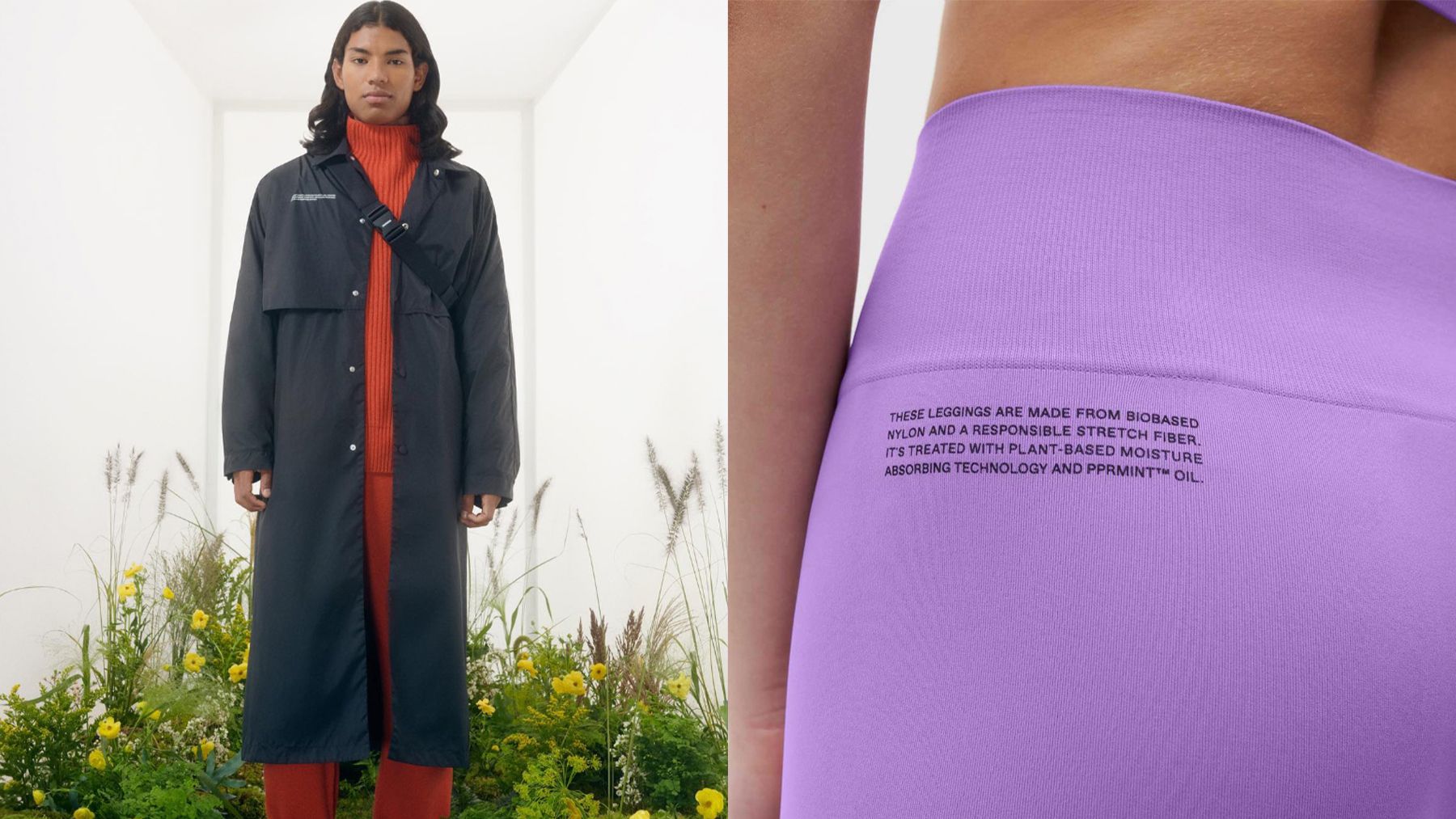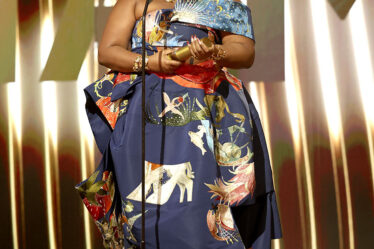

When Pangaia launched in 2019, it aimed to be more than just another direct-to-consumer brand selling brightly coloured sweatsuits.
The company pitched itself as a materials science business focused on tackling fashion’s environmental footprint through next-generation textiles and technologies. Its direct-to-consumer label was meant to be a showcase for a more disruptive and lucrative business, selling material innovations to the rest of the industry.
The company attracted early buzz for two reasons: first, its loungewear proved wildly successful, generating $76 million in sales and achieving profitability in its first year of operations. Second, in a market awash in glossy eco-marketing, Pangaia seemed to offer a template for a more transformative model: one that focused on science-based solutions to the fashion industry’s environmental impact and made money along the way.
But over the last two years Pangaia’s trajectory has hit turbulence and the company’s ambitions to establish itself as a materials innovation powerhouse remain nascent.
Growth Trajectory Hits Turbulence
The company swung from an operating profit of $16.6 million in 2020 to a loss of $41.5 million in 2021 amid slowing sales and rising investment, according to accounts filed to UK business register Companies House in February.
Sales fell nearly 16 percent in 2021 to $64.1 million as growth in the company’s wholesale business failed to fully offset a pull back in online spending and the brand refocused on core markets in the US, UK and Europe. Business in the rest of the world dropped by 45 percent, the accounts showed.
Meanwhile, hefty investments in support of the company’s growth weighed on earnings. Over the course of 2021, Pangaia grew from 43 employees to 151. It increased investment in research and development, expanded into new categories and products and ramped up spending on infrastructure and marketing.
The company’s adjusted EBITDA, a measure of profitability, fell from $20.8 million in 2020 to a loss of $26.2 million in 2021. Accounting provisions, including a $3.1 million writedown on excess inventory also weighed on the company’s profitability, the accounts showed. (Pangaia said the inventory provision was based on a conservative accounting estimate and did not reflect its true position).
The company described the year as a “period of transition, as well as one of heavy investments” in its filings.
Former McKinsey partner and Ssense CMO Krishna Nikhil joined Pangaia as its first group chief executive in April 2022 with a mission to deliver on the company’s expansion plans and ambitions to discover, develop and commercialise next-generation materials. In October, Pangaia raised $50 million in financing via a convertible loan note, shoring up its ability to cover the operating losses and operate amid increased uncertainty.
Efforts to optimise its digital platform and expand its physical footprint with concessions in Selfridges, Galeries Lafayette and La Rinascente helped return the direct-to-consumer business to profitability in December, the company said. It expects that part of the business to be profitable this year.
But some of its expansion efforts have stalled (a push into superfood bars is on hold, with the next offering in the space expected to launch late this year or early next year, the company said). Meanwhile ambitions to open up new revenue streams by marketing material innovations to other companies have yet to deliver significant returns.
A Disruptive Model, Still Unproven
The company was founded in 2019 by a group of influential industry insiders, including influencer-turned-venture-capitalist Miroslava Duma and alumni of her sustainable materials incubator Future Tech Lab. Though pandemic-friendly sweats are what propelled Pangaia’s early growth, the ambition was to establish the company as an eco-innovation hub, selling patented and trademarked textiles and technologies to other fashion companies.
But in 2021, the company still appeared to be laying the groundwork to support this mission.
Business-to-business sales amounted to only $670,000, significant growth from the year before, but still a fraction of the overall revenue mix.
The company acknowledged its B2B offering remains behind its ambitions. But it said the division continued to grow in 2022 in line with expectations, pointing to progress it has made in the space of three years to build out a suite of services to road test and support other brands in adopting new material innovations.
While the company’s patented materials are limited to a down alternative known as Flwrdwn, it has trademarked several material blends and treatments. And though the bulk of its products are made from organic or recycled cotton (with an ambition to shift to regenerative by 2026), it has worked with and invested in other materials science startups to build a portfolio of more than 200 innovations – the backbone of a concierge offering designed to help other brands select and access lower impact textiles, dyeing and finishing processes. It has also launched an innovation atelier for brands looking to test or prototype new materials or techniques, as well as an end-to-end product development and production service.
The company said it is actively engaged with more than 200 brands to deliver B2B services, with clients including top tier luxury houses. It’s also looking to invest in and power emerging labels through its business-to-business platform, with the first of these partnerships set to launch this autumn, it said.
But as Pangaia aims to deliver on its growth ambitions, the company faces an increasingly challenging environment. A gloomier economic outlook has made investors much more cautious about the prospects of fast-growing, but unprofitable businesses. Meanwhile, the fashion brands Pangaia is hoping to bring on as clients are tightening their belts.
Pangaia, however, remains bullish about its prospects.
“We understand that the level of industry transformation required means that while progress will be slow in the initial stages it will soon rapidly accelerate,” the company said in an emailed statement. “Our overall ambition is to grow B2B to be much larger than our DTC business.”



